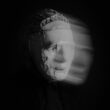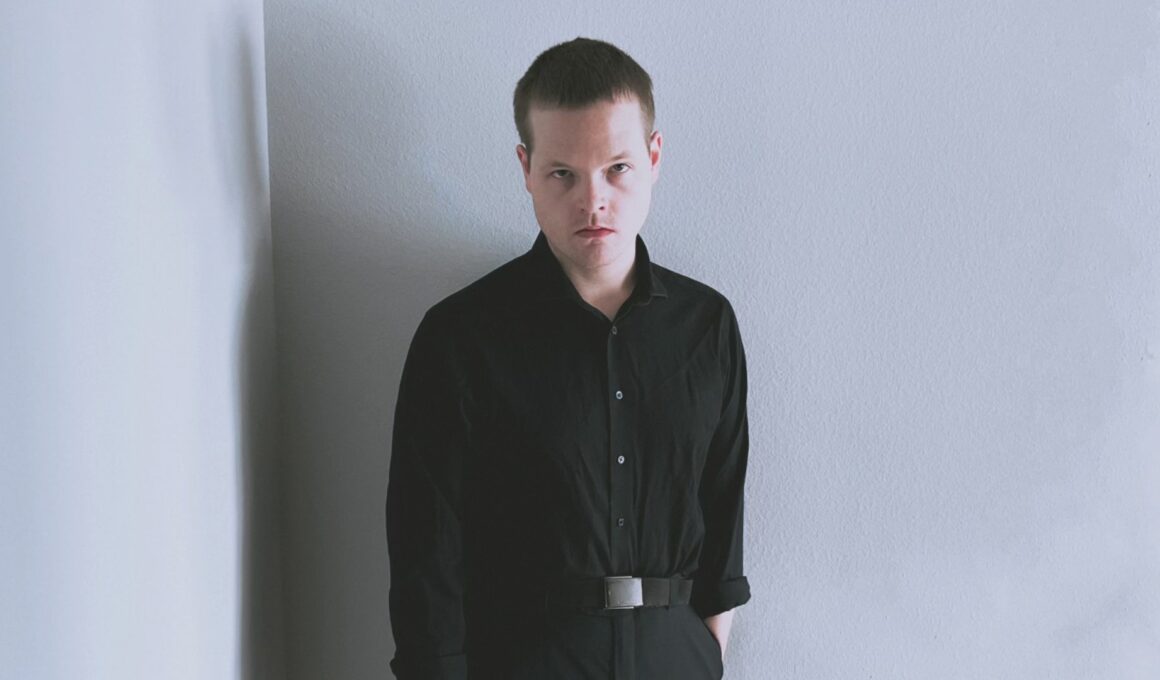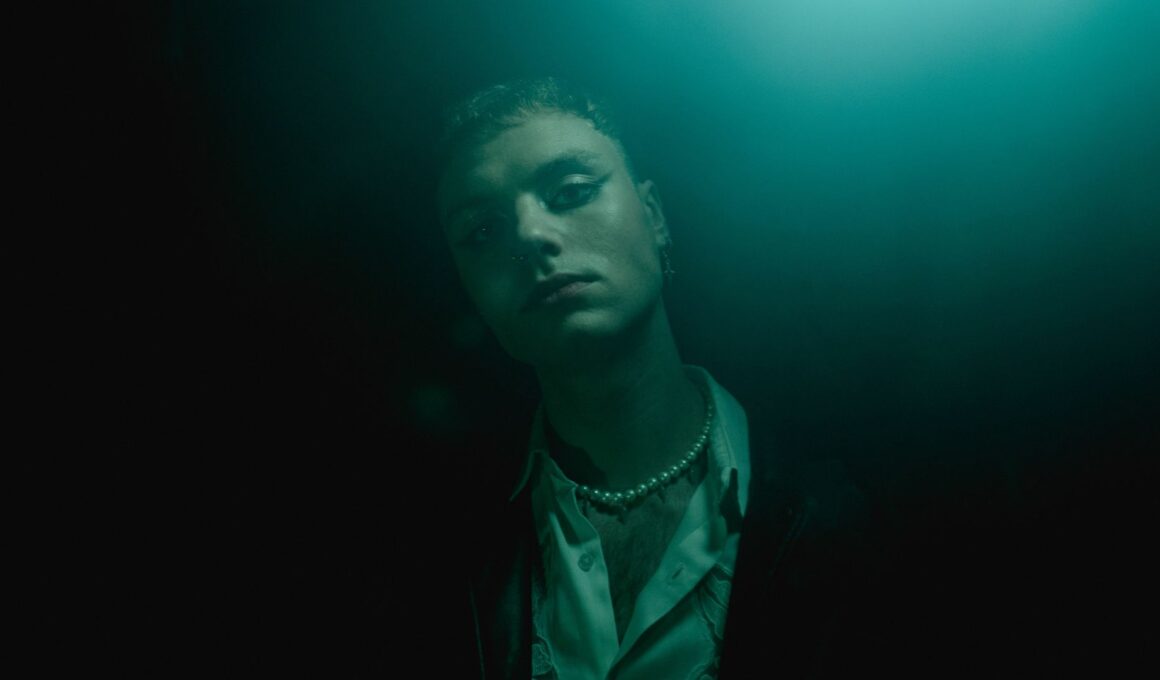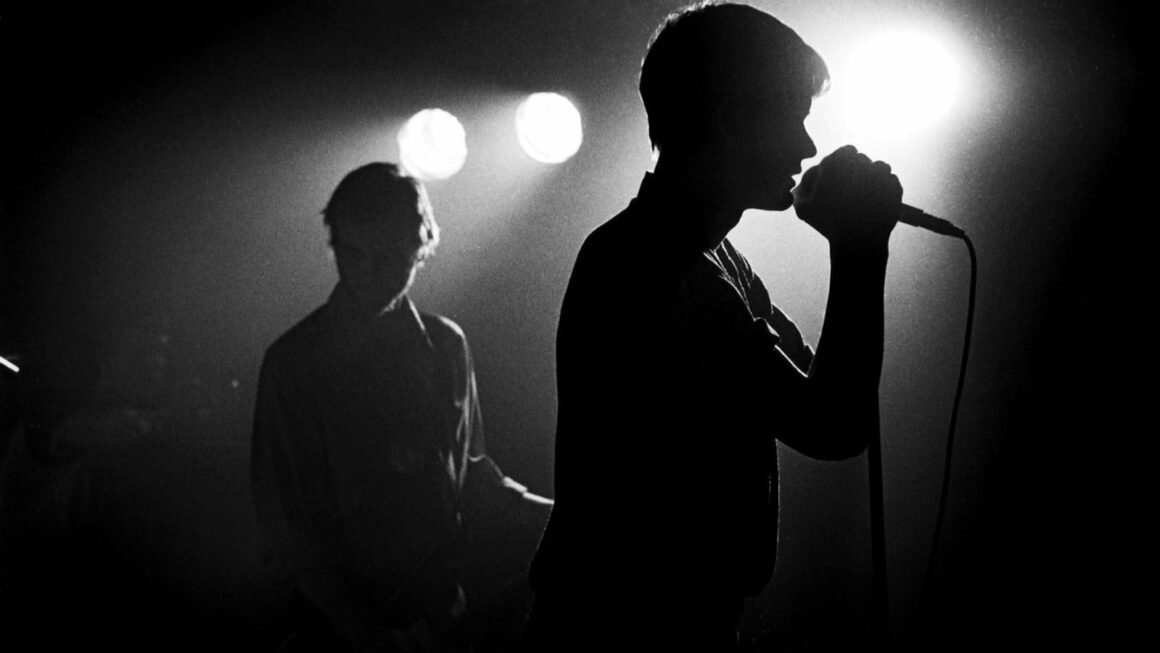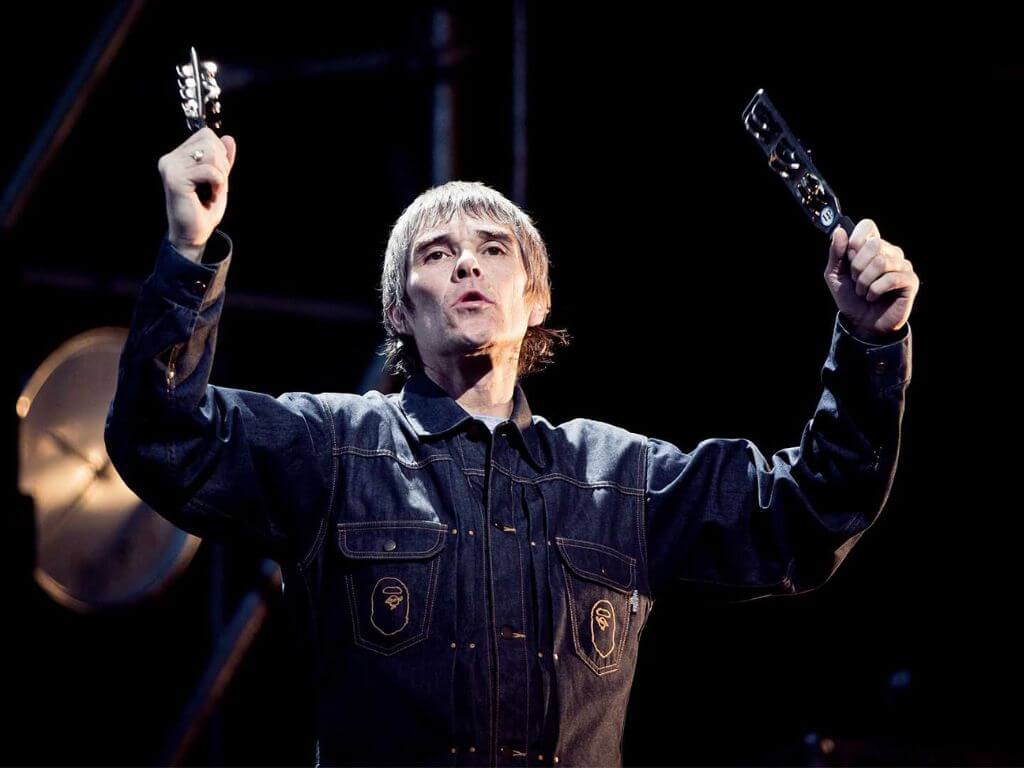
The Stone Roses Live In Blackpool ’89
How a concert came to represent what fans loved about the Madchester scene.
The Stones Roses’ final concert of their summer tour of 1989 is a case in point of how underground music continues to thrive and find roots no matter the external circumstances. Held at The Empress Ballroom, the gig encapsulated everything that made the Madchester scene go on to be so popular, especially during an era where dance music had begun to dominate the global underground at the same time. In a spark of life for the northern towns of the UK and especially Manchester, the concert meant much more than just great music. Instead, as an up and coming band who epitomised local culture, The Stone Roses brought a sense of hope and regeneration for both fans and musicians alike.
The British invasion of the 1960s and 70s left a significant gap in its aftermath. The political, social, and economic climate of those golden decades was such that the bands who achieved international fame did so in the context of their surroundings and the countercultural revolutions of those decades. Without these other external factors – and with rock music having an increasing lack of ability to shock anymore – underground musicians had to turn to new ways to keep their fans’ interest. In this gloomy, somewhat depressed cultural climate, The Stone Roses helped pioneer the Madchester scene and put it on the map, restoring a sense of local individuality to Manchester as the rest of Europe partied to dance music and London saw an economic boom.
The band explained they chose Blackpool due to its quintessence as a British seaside resort. As they built their career, they were known to show a strong following in many places across the north. In fact, as late as 2015, the Blackpool Gazette detailed performances in Lancashire towns such as Preston, describing their Blackpool gig as “marking their arrival as the nation’s biggest band” – a real sign of how much the band and Madchester still mean to people. And at The Empress Ballroom, the setlist kicked off with a perfect way to show how their music brought a sense of verve and finesse to the scene – with a sultry, moody beginning to ”I Wanna Be Adored” to epitomise the devil-may-care attitude of the band while maintaining their low-key cool.
This laid-back image made the band not only local friendly and deeply rooted in rejuvenating the touring circuit, but also ensured their Madchester roots were globally distinct from the hedonistic, anything-goes attitude of dance culture. By understanding that less is more but that giving it their all in terms of freedom, lack of pretence, and personality, they ensured there wasn’t a void left over after the 60s and 70s. In this way even in their early stages, they showed bands could adapt alongside the development of electronic music worldwide.
The Blackpool gig’s setlist was carefully chosen to hit a sweet spot. At this point, the band was still refining their live act but simultaneously celebrating the release of their debut album earlier that year. Therefore, the Blackpool concert as a tour-ending signified a pivotal moment as both a transitional period as well as the calm before the storm where The Stone Roses ended up going four times platinum.
Many of the tracks from the night are associated with important moments in the band’s early career, meaning the live recording has a significant place in music history. For example, ”Made of Stone” was also performed when the band made their UK TV debut. The night also went on to serve as creative inspiration for the band’s future work, with a video for ”She Bangs the Drums” featuring clips of their performance. Although their first two singles didn’t make the setlist, their third one ”Elephant Stone” functioned as a perfect choice to celebrate their earlier work. Apart from this, the night also saw them perform tracks like ”Waterfall” and ”I Am The Resurrection” which would be later released as singles in 1991 and 1992 respectively. In this way, the setlist represents just how quickly the band was changing, little to know quite how successful they would become.
Ultimately, the night itself was part of something bigger. As opposed to being a distinct, grand finale for the tour, the concert instead acted as a homecoming and signified one stage ending and another beginning. This was most evident in how the band played. ”I am the Resurrection” was already 8 minutes long, but by dragging it out to 13 minutes they managed to immerse their fans in the music just as much as any electronic or dance track. By truly being themselves onstage and understanding that their appeal lay in their relatability as opposed to any status as rock star gods, The Stone Roses gave their audience a real sense of being part of the music and to a greater extent the pioneering wave of the Madchester scene.
There are many reasons a concert can be memorable. This tour and the final Empress Ballroom concert in Blackpool was fundamental as a signifier of what was yet to come in terms of The Stone Roses’ development. A remarkable thing about the live recordings is how the band managed to maintain their laissez-faire stage presence, despite the fact that playing such a venue with material in various stages of release must have been extremely nerve-racking. All those little details and the fact that they were so good at creating not just a following, but a musical movement in the wider Madchester phenomenon, give this particular performance all the more of a special place in music history.
Setlist
| No. | Track |
| 1. | I Wanna Be Adored |
| 2. | Elephant Stone |
| 3. | Waterfall |
| 4. | Sugar Spun Sister |
| 5. | Made of Stone |
| 6. | She Bangs the Drums |
| 7. | Where Angels Play |
| 8. | Shoot You Down |
| 9. | Going Down |
| 10. | Mersey Paradise |
| 11. | I Am The Resurrection |
Featured Image by NRK P3



